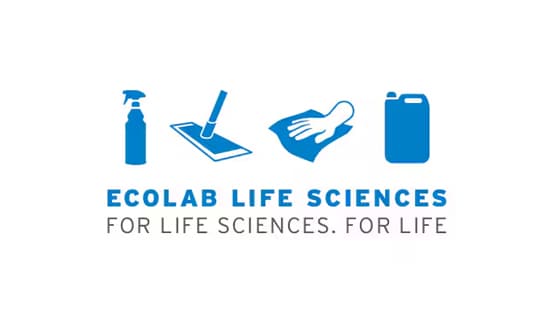Viruses and Viral Vectors, Are They Different?
The pathogenicity of a virus is well understood in industry, if only to demonstrate in small molecule pharmaceutical manufacturing why viruses are not of concern to the quality of the finished product (they can’t survive). With the advent of the COVID-19 pandemic, knowledge of what and how, virus particles work is now understood by a larger audience.

As most readers will know, vaccines for COVID-19 are viral in nature, and the use of viral vectors is employed to produce some vaccines — not only those associated with COVID-19. This has given rise to a degree of confusion about the differences between a viral vector and a virus.
The confusion starts with what a viral vector is as it is indeed a virus! However, it has been genetically altered for several reasons, rendering it safe for use, when compared to an unaltered pathogenic virus.
A viral vector is a tool designed to pass specific genetic instructions to a target cell(s). These instructions may help treat a specific type of cancer, be used in gene therapy, produce a specific vaccine, or even target a specific disease.
An important difference between a natural virus and a vector is that a viral vector cannot replicate. It is not capable of multiplying in the host cell. Part of the genetic alteration is often to remove key parts of the viral vector genome to prevent this. This helps in several areas. First of all, patient safety, especially if a pathogenic virus is being used. Secondly, the vector is designed to deliver a genetic message to the target cell, instructing it to do something different. If the vector then replicates, it would destroy the target cell, making any treatment impossible. A final reason to stop replication is to preserve the stability of the vector. Some virus types are very unstable when they multiply, each replication could introduce large levels of variation leading to mutation in the viral particle. Again, this may render treatment impossible to achieve. One particular headache which manufacturers of vectors have, is ensuring the vectors have been destroyed or removed after processing or treatment. With an unmodified viral particle (that can replicate) you can screen for viable virus using target cells and looking for zones of clearing. This cannot be done with a vector that does not replicate Therefore you have to reply upon data based on the unmodified virus type and its resistance profile to chemical disinfection.
Production of cell therapy products raises another concern, many human viruses can potentially originate from unhealthy patients or employees and be carried into the manufacturing environment/process. Viral vector processors want to make sure cross-contamination doesn’t occur with lentiviruses and adeno-associated viruses, when they are used in the same facility. Again here the approach is to demonstrate that the structure of the viruses are similar. If the structure of the viral contaminate is known and it is either enveloped or non-enveloped, then any enveloped or non-enveloped virus used in testing can be representative of other viral contaminants.

Our customers are only concerned with viruses twofold: one is related to healthy people and patients avoiding viral infections, and the other is controlling viral contaminants in product manufacturing. Generally, most pharmaceutical and biopharmaceutical companies accept claims based on a representative virus (structurally) that is enveloped or non-enveloped. Based on the chemical resistance profile of the virus type there is a correlation between other types that have a similar structure. Therefore they will be destroyed in the same manner.
What about the use of virucidal products such as liquid disinfectants or gas decontamination? How do you choose the right disinfection for your process or product? Check with your disinfectant supplier. Reputable manufacturers of these products will have data against the virus precursor (prior to being turned into a vector). Viruses both enveloped and non-enveloped are not very resistant to chemical attack from disinfectants. Despite the genetic manipulation taken place to create a vector, this work is unlikely to lead to an increase in resistance to a disinfectant. Resistance to chemical attack would come from modifications to the outer coating of the virus.
Working with our customers, their products and their concerns, Ecolab Experts have not found a virus that isn’t impacted by a virucidal claimed disinfectant, when based on the simple structural definition of enveloped or non-enveloped.



